COVID-19 Pushes Apple Back to China
While Apple had been trialing Air Pod production in Vietnam, border limitations between China and Vietnam have made it more difficult for engineering talent to move from China to Vietnam and has also limited the full development of the supply chain in Vietnam. One area that such border issues have depressed is the joint development of new product between suppliers and CE brands, in this case in Vietnam, which is dependent on the same engineering expertise that has been limited by COVID-19 border restrictions. This is not only an issue for Apple but has also affected Google (GOOG) who had planned to produce the Pixel 5 smartphone in Vietnam but found that it was necessary to bring production for that phone, which was released last October.
At least for now it seems that Apple has shifted AirPods 3 production back to China in light of the factory closings and travel restriction in Vietnam, although the company has indicated that it still intends to move some of the AirPod 3 production to Vietnam ‘later’ and reports that Amazon (AMZN), who was facing similar problems with production of a number of ‘smart’ products in Northern Vietnam factories, has also shifted production back to China. Hopefully this is a temporary setback for CE production in Vietnam which has emerged as a strong contender for CE product development, but stories of furloughed factory workers on bicycles trying to leave Ho Chi Minh City but being turned back by police do not set the tone for a conducive production environment, at least for now.


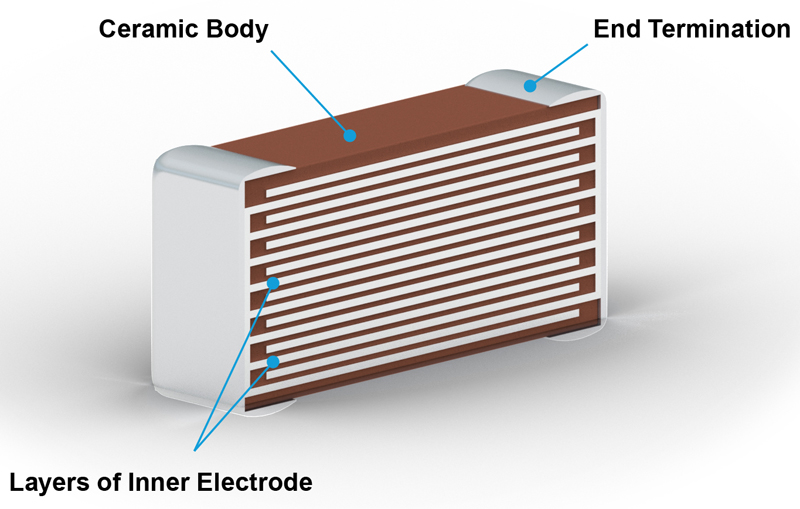

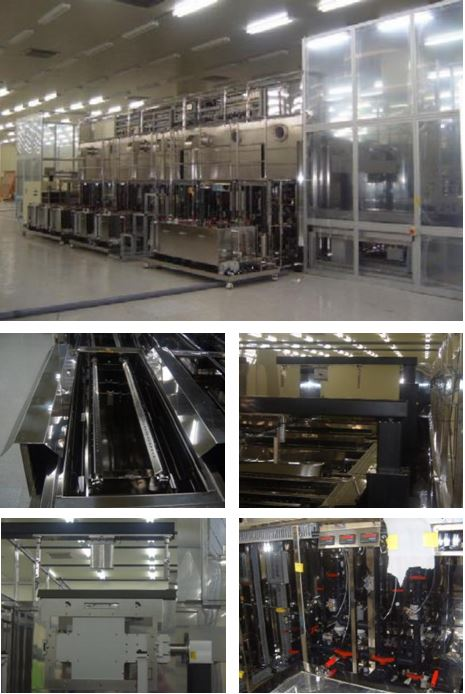
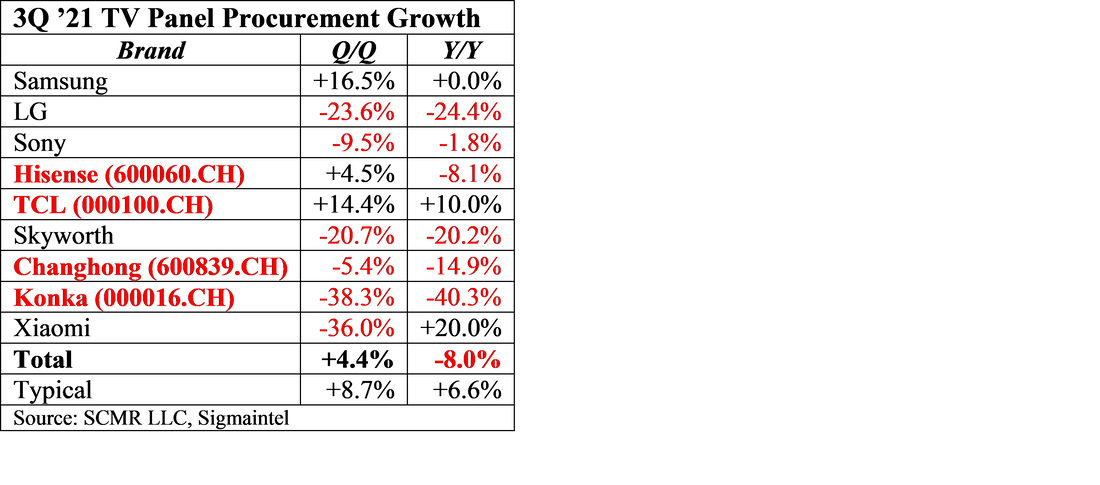





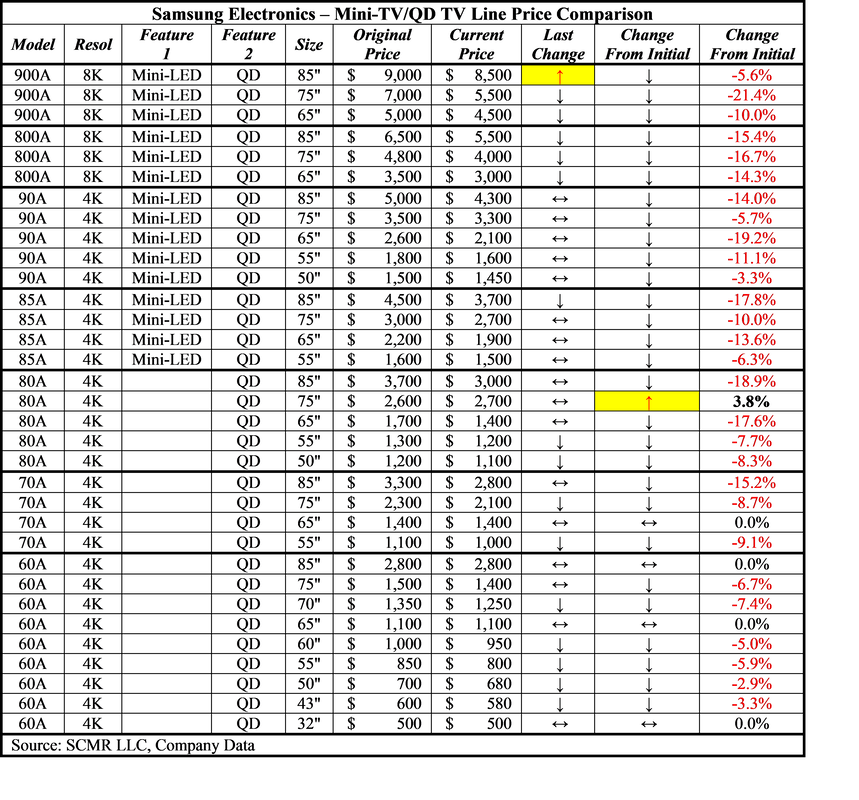
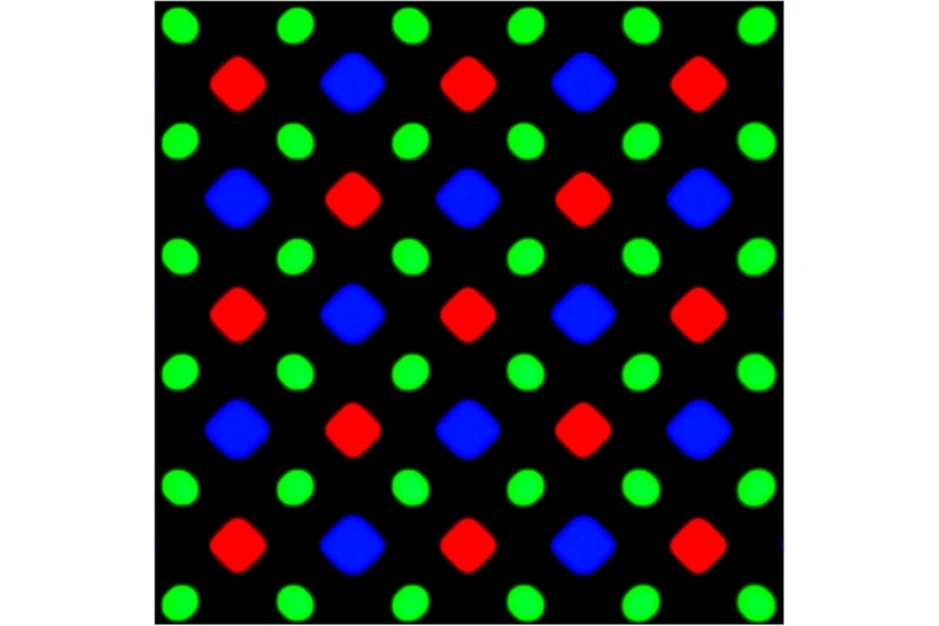

 RSS Feed
RSS Feed